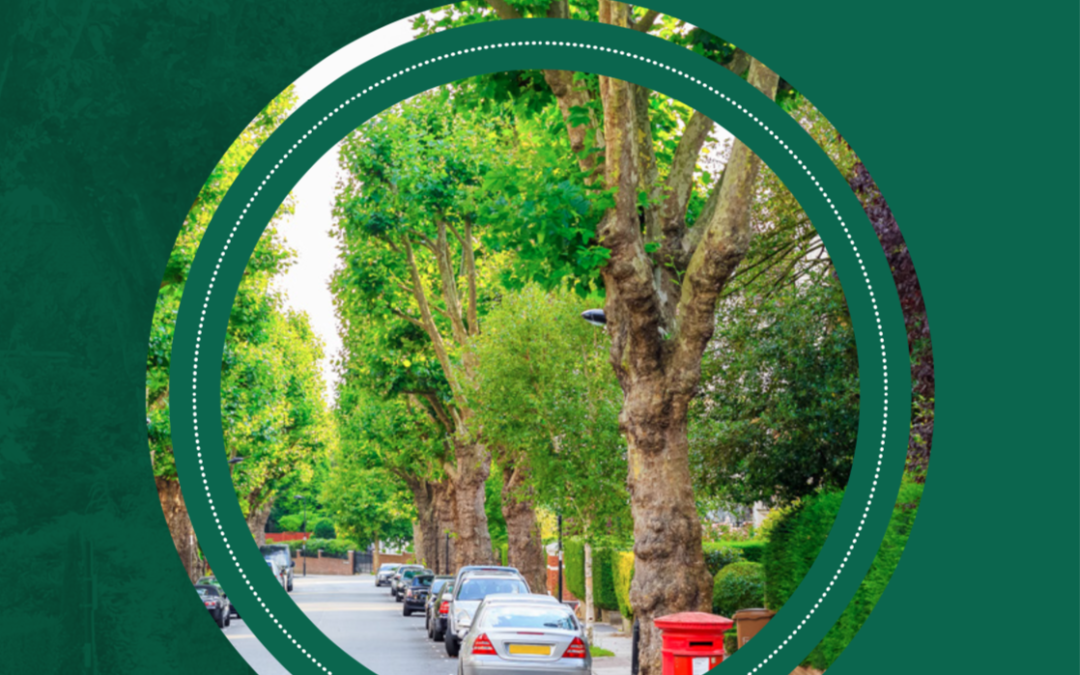Green infrastructure (GI) includes trees, hedges, individual shrubs, green walls, and green roofs. GI offers many different benefits or services, including flood risk mitigation, microclimate reg- ulation, carbon sequestration, improved health and wellbeing and – the focus of this document – air pollution abatement. Air pollution comprises variable quantities of many different types of pollutants, including gaseous pollutants, such as
nitrous oxides (NOx) and particulate matter (PM), which is composed of particles such as black carbon (BC). Road traffic is a dominant source of air pollution in urban areas globally. In near-road environments, vegetation can act as a barrier between traffic emissions and pedestrians (figure below), by collecting pollutants and/or redirecting the flow of polluted air.
This document by Global Centre for Clean Air Research (GCARE) of the University of Surrey, and iSCAPE partner, summarises best practice regarding GI implementation for improved urban air quality and reduced pedestrian exposure to air pollution. Generic (i.e. not site-specific) recommendations are offered for typical urban environments.

